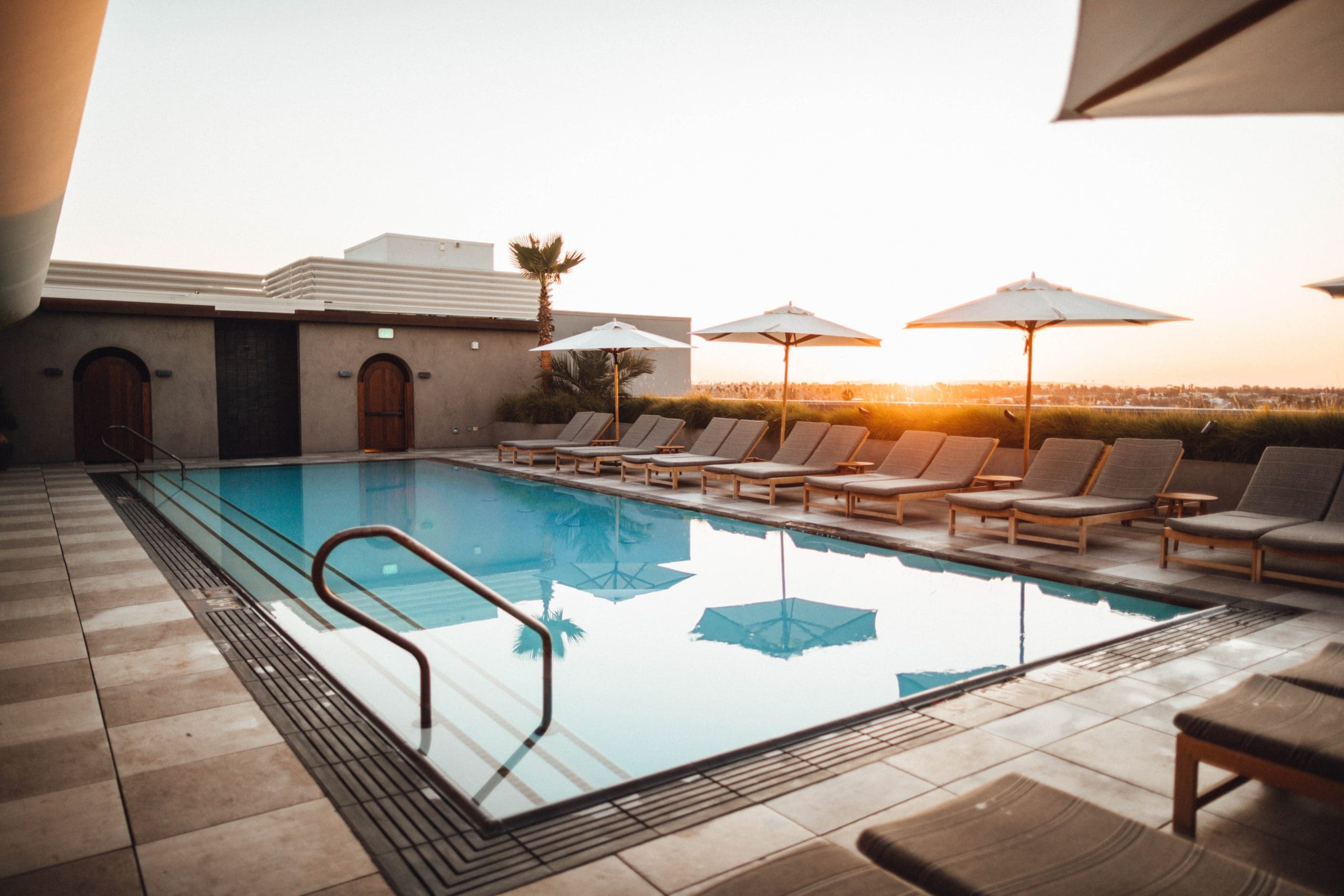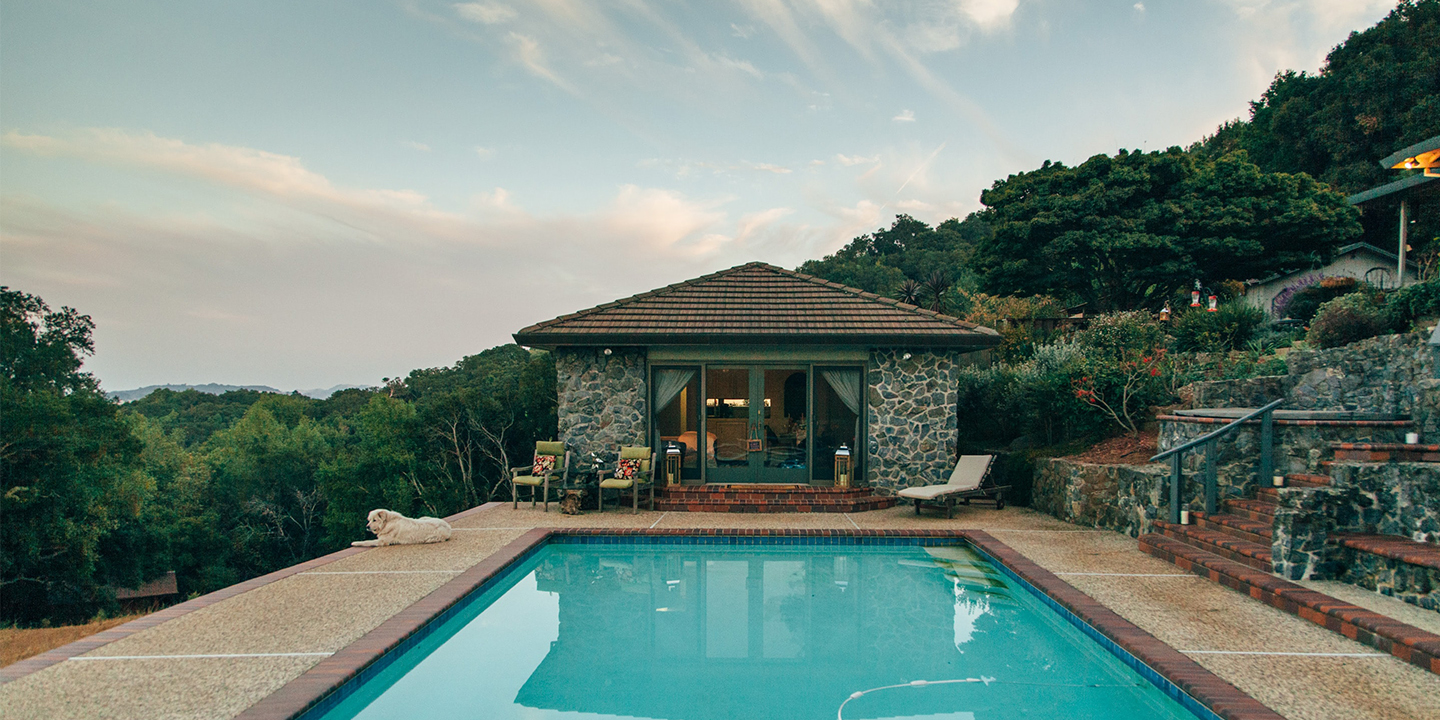In the 1960s and 1970s, swimming pools in Quebec were heated either with oil-fired pool heaters or electric water heaters. The operating cost was high, and few pools were heated.
The following decade saw the appearance of heat pumps for swimming pools in Quebec. Only a few manufacturers were developing this type of product and the products were unreliable due to their copper heat exchanger which disintegrated rapidly with an uncontrolled pH of the water.
Gas pool heaters then became popular around the years 1990-2000 by offering copper-nickel exchangers. However, the cost of propane heating rose rapidly, and users only turned on their units when needed. However, customers connected to available natural gas network benefited from a lower cost.
Around mid-2000, the arrival of titanium heat exchangers allowed heat pumps to make a comeback. This material is not altered by aggressive water chemistry (low a PH). Heat pumps have therefore taken over a large share of the market for heating swimming pools in Quebec.

New Technology in swimming pool heating:
The heat pump for swimming pool is defined in 3 categories: On / Off – Step Inverter – Full Inverter.
On / Off as the name suggests works like a baseboard heater on an old thermostat. It runs at full speed up to the desired temperature, then stops.
Step Inverter is a heat pump that operates at 2 or 3 speeds regulated by the thermostat. In this case, either the fan or the compressor or both operate at low speed to reduce noise but still allow the water to be heated. It is by no means automatic and the control system is simplistic.
The Full Inverter represents the very latest technology in pool heating. The modulation of the compressor and the fan is fully automatic depending on the external elements (air temperature-relative humidity-water temperature). This technology allows the Moov pool heater to produce a coefficient of performance (COP) of 8 to 10 under optimal conditions. This represents a gain of 50% on a COP of 5 on most On / Off models still on the market.
Once the water temperature is reached, the Moov Inverter operates at a consumption of 20 to 50% of its capacity. This substantially reduces the cost of heating your swimming pool. It is also very quiet, so your neighbors will not be disturbed.
